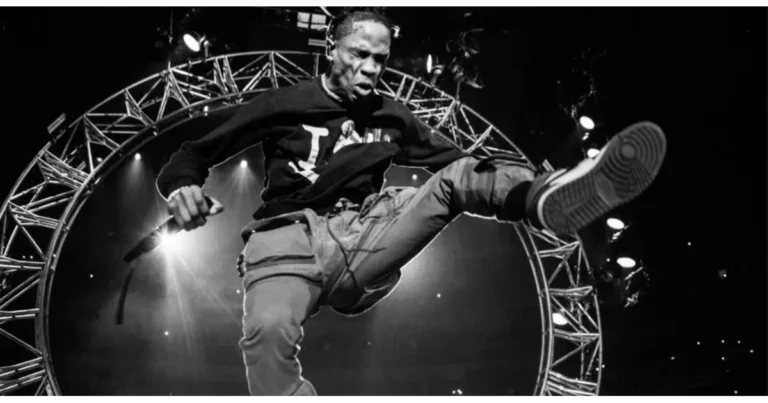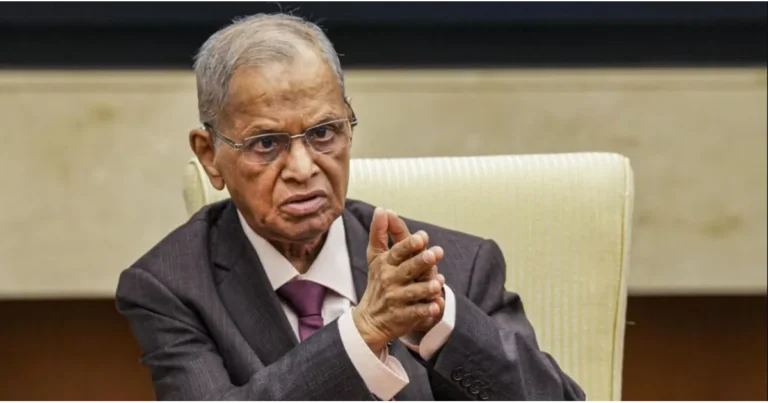
Honoring the Fierce Form of the Divine Mother
On the seventh day of Navratri 2025, falling on September 28, devotees across the country will bow in reverence to Maa Kaalratri, one of the most fearsome and powerful manifestations of Goddess Durga. Known as the slayer of evil and negativity, she is the embodiment of protection, wisdom, and inner strength.
The Fierce Glory of Maa Kaalratri
Maa Kaalratri is revered as the dark, fearless force that annihilates ignorance and paves the way for truth and light. She is depicted with a dark complexion, unbound hair flowing wildly, and a garland of skulls around her neck. She rides a donkey, holding a cleaver and torch in her left hands, while her right hands display the Abhaya (fearlessness) and Varada (blessing) mudras, assuring her devotees of safety and fearlessness.
Her intense appearance symbolizes not destruction for harm, but the elimination of evil forces and the awakening of supreme knowledge. For spiritual seekers, especially yogis and tantriks, Maa Kaalratri is revered as a guide in unlocking the Sahasrara (crown chakra) and attaining mystical powers or siddhis.
Connection with Shani Dosha: Divine Remedy and Protection
Maa Kaalratri is also associated with remedying Shani Dosha, a malefic astrological influence caused by Saturn. Worshippers pray to her to reduce its harmful effects and to gain the mental resilience and spiritual strength to overcome challenges.
The Seventh Day of Navratri 2025: Radiating Orange Energy
Each day of Navratri is associated with a specific colour, and Day 7 is represented by the colour orange. This vibrant hue is symbolic of energy, enthusiasm, and courage—qualities that perfectly reflect the essence of Maa Kaalratri.
Devotees are encouraged to wear orange attire, and offer orange-colored flowers, saffron, and cloth to the goddess during their prayers. These offerings are seen as a sign of devotion and a way to align with the powerful energy of the day.
Traditional Puja Vidhi for Maa Kaalratri
Performing the correct rituals (puja vidhi) is an essential part of invoking the blessings of the goddess. Here’s how devotees traditionally perform the seventh-day puja:
- Begin the day with an early holy bath, purifying the body and mind.
- Offer a garland to the deity, and light a sacred diya (lamp) in front of her idol or image.
- Present sacred items such as saffron, clove, camphor, and homemade sweets as bhog (offering).
- Conduct a hawan (fire ritual) to invoke divine energy, followed by chanting Maa Kaalratri’s mantras 108 times.
- In the evening, conclude the rituals with the Durga Aarti, sung with devotion and gratitude.
Chant to Invoke Divine Protection: Maa Kaalratri Mantra
Reciting mantras dedicated to Maa Kaalratri brings spiritual peace and protection. A commonly recited mantra is:
“ॐ ऐं ह्रीं क्लीं चामुण्डायै विच्चे।”
(Om Aim Hreem Kleem Chamundayai Vichche)
This mantra is believed to dispel fear and empower the devotee with spiritual strength.
Celebrating the Triumph of Light Over Darkness
Day 7 of Navratri is a reminder of the goddess’s power to eradicate evil, illuminate our inner selves, and bring balance and harmony to life. It is not only a day of intense devotion but also one of spiritual awakening. Through heartfelt rituals, offerings, and chants, devotees invite the transformational energy of Maa Kaalratri into their lives, praying for wisdom, courage, and divine protection.





